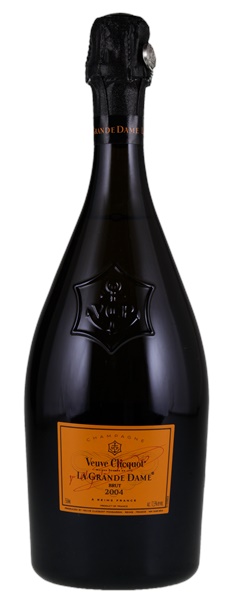Estimate

Sleek, with mouthwatering acidity, offering well-meshed flavors of black currant pâte de fruit, pastry, candied ginger and almond skin.
A balanced yet dense Champagne with dried apple, pear and hints of bread dough. Very appley and lemony. Pretty strawberry undertones. Full body, bright acidity and a round texture. Refined and flavorful... delicious.
This is rich & creamy with a lively mousse, giving it a forward fruit character. Slowly the depth & concentration of the wine come through, with a white fruit flavor and hints of grapefruit and toasty yeast, which all promising good aging.
Honeyed, woody complexity. Deep and rich and biscuity on the palate. Quite a firm grip at the moment too. Power, depth and length more than elegance though the acidity brings finesse to the finish.